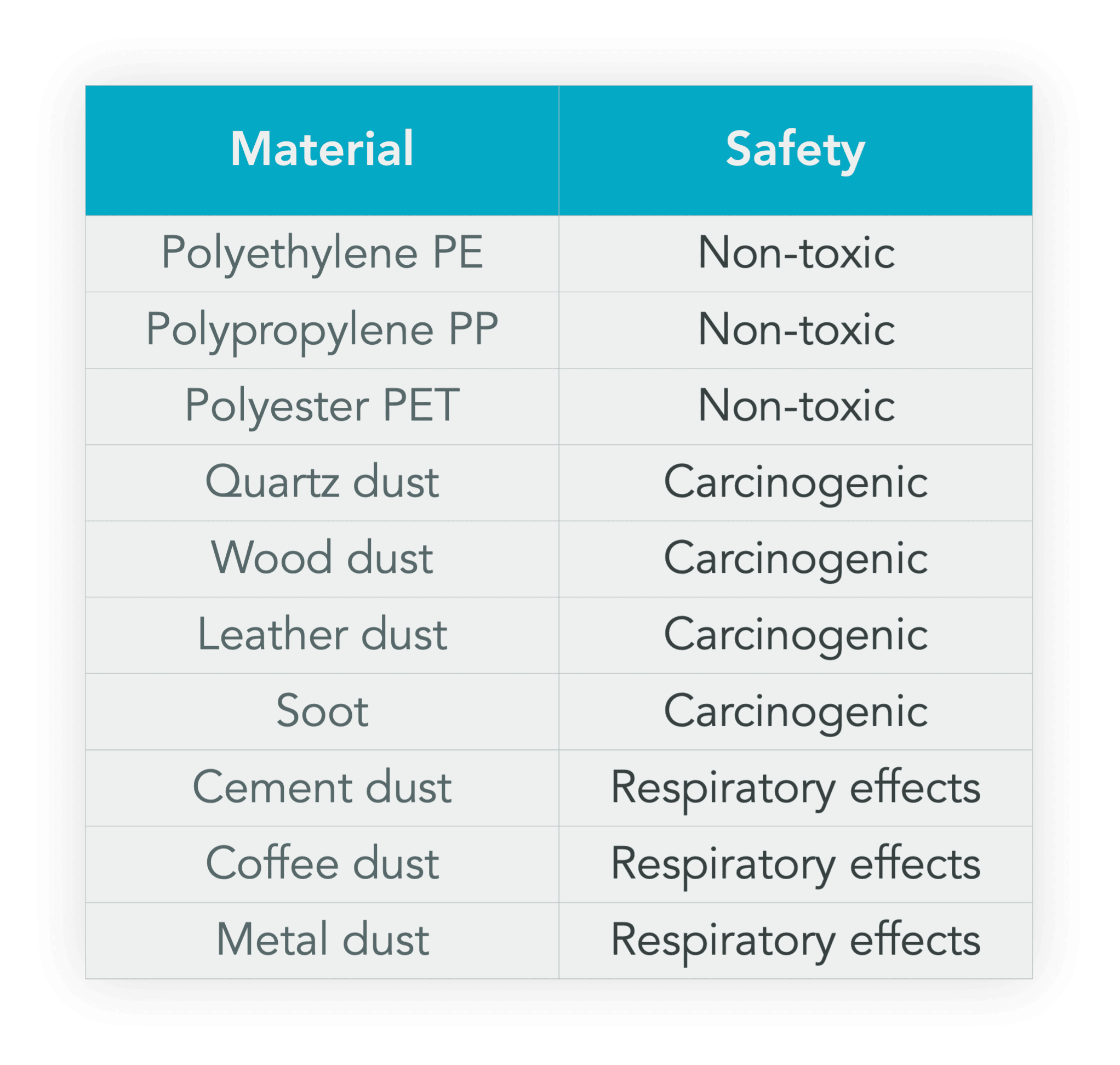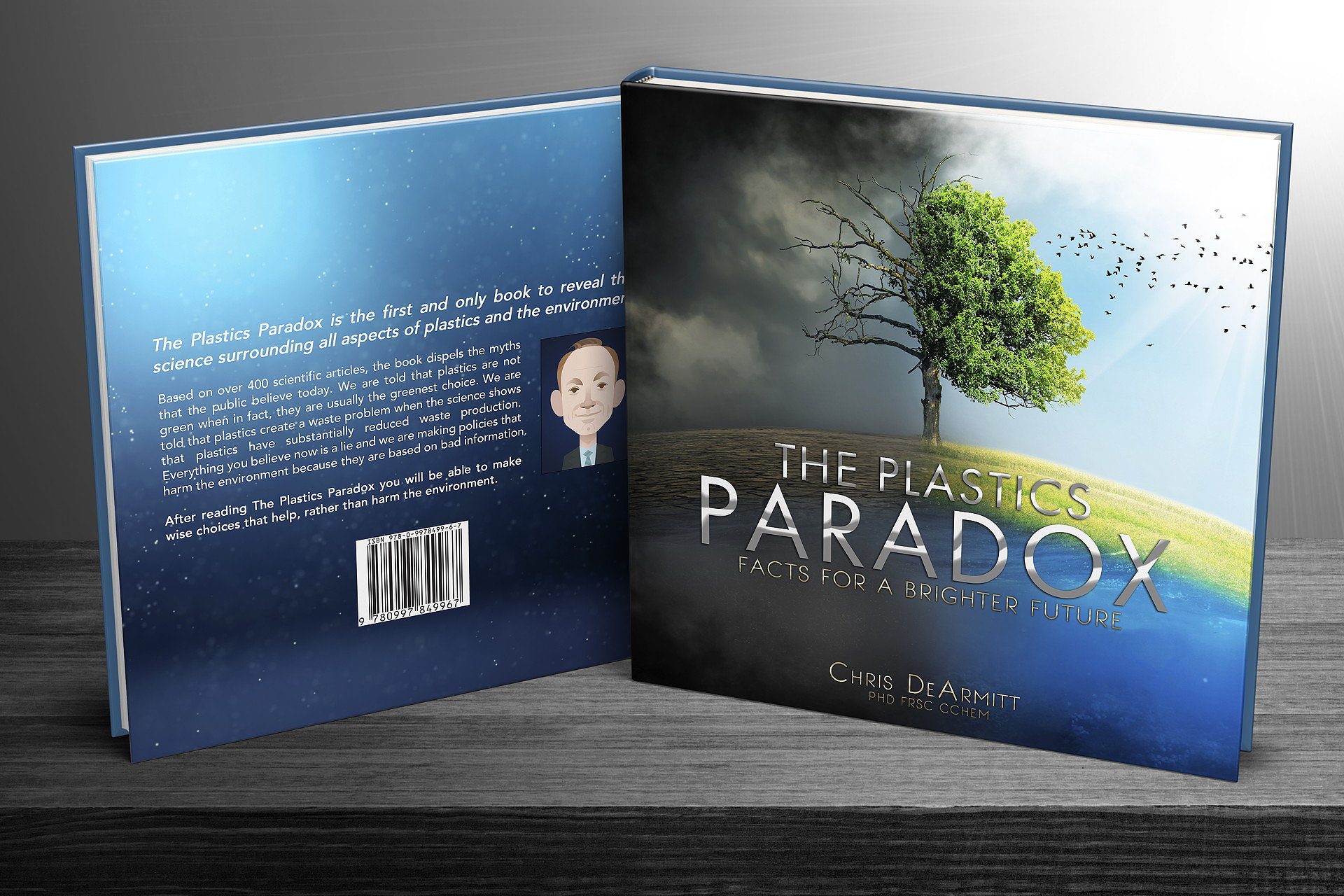PLASTICS & THE ENVIRONMENT
MICROPLASTICS IN HUMAN BLOOD
evidence & perspective from the leading INDEPENDENT expert
Microplastics in Human Blood
How Concerned Should We Be?
A flurry of media articles have alerted us about microplastics in human blood for the first time. What did the scientists find? What does it mean for us and how concerned should we be?
To worry is natural and helps protect us from potential threats. However, it is not always easy to know what’s worth worrying about and what isn’t. We cannot stay at home all day “wrapped up in cotton wool” as the saying goes, so we need to work out what justifies out attention and what does not. This article aims to do just that. We will look at this new finding and set it in context.
Only by checking the science can we put this story into perspective…

Microplastics – Real News versus Fake News
The media love to hype up potential threats because that’s an easy way for them to make money. The term “fake news” has been popularized of late but what evidence is there that the media are not giving is an accurate representation of the facts?
It has been shown that when it comes to microplastics, 24% of scientific articles conclude there is harm but when the media report the science to us, the public, 93% of the media articles say there is harm. Why do they do they choose to totally misrepresent the facts and mislead the public? Because bad news sells, so it is more profitable and less work for them to tell us lies than to do their job properly and report the truth.

As the media have been proven to be untrustworthy, we need to examine the evidence for ourselves…
Microplastics in Blood – Science and Perspective
A recent report in the media the discovery of microplastic particles in human blood for the first time. I read the scientific article (not yet peer-reviewed) and it looked credible meaning that the science looked solid. They have indeed developed a new, incredibly sensitive technique to find and identify plastics in blood.
The thought of particles in our blood is shocking news and I was surprised, as you probably were. So, I checked the scientific literature to see whether this is in fact new. It turns out that already 20 years ago, scientists had proven that fine particles we breathe can enter the bloodstream. So, that finding is not actually new.
We breathe in dust particles all the time. The body is able to engulf them and transport them away to keep out lungs clean. There are special cells called macrophages and it is their job to envelope foreign particles, neutralize them and transport them out of the body.
“Microparticles deposited in airways and alveoli are readily taken up by phagocytosis by resident surface macrophages.”
This is part of our natural defense mechanism, otherwise our lungs would become blocked with dust.
How much microplastic did they find in the new study on human blood? The amount was so incredibly small that they had to develop a new technique to find any at all and even then, the machine could barely detect it. The amount found was about 1 part per million. That’s hard to visualize for most people, including me, so I made this picture of blood cells a million pixels in size. Now imagine that just one of those is another colour and that is what one part per million looks like.
Is there evidence that dust is dangerous to our health? I looked into that as well and the answer is a resounding yes. Fine particles under 10 microns and especially under 2.5 microns in size cause health problems. A review article stated:
“The World Health Organization (WHO) estimated that in the year 2012, ambient air pollution was responsible for 3.7 million annual deaths (which represents 6.7 % of the total deaths), causing worldwide 16 % of deaths for lung cancer, 11 % for chronic obstructive pulmonary disease, more than 20 % for ischemic heart disease and stroke and 13 % for respiratory infection.”
So, dust particles are a real danger. Given that, how much of the dust we are exposed to is made up of microplastics? A recent study stated:
“Comparing our findings with the intake of other particles, MP mass intake rates are insignificant, as they make up for only 0.001% of these particles.”
The World Health Organization (WHO) is globally recognized as authority on health matters. What do they have to say about microplastics?
“humans have ingested microplastics and other particles in the environment for decades with no related indication of adverse health effects”
“no evidence to indicate human health concern”
The WHO make an obvious but very valid point – had plastics been toxic to any significant extent, we would have seen the effects long ago. Although that argument is a good one, it is not as good as real scientific data on toxicity. Do such studies exist, and if so, what do they say?
When comparing the scientific findings on plastics to other particles we are exposed to, we find that the standard plastics are non-toxic but many of the other particles are actually a proven hazard to human health.
If we look at dust, microplastics are 0.03% and non-toxic whereas the other 99.97% of dust is not mentioned anywhere in the mainstream press even though it is proven beyond doubt to be a significant, life-threatening danger. For example, dust contains ~25% quartz which is proven to cause cancer in humans when breathed in.
Studies have shown that farmers can be exposed to dangerous levels because the dirt is disturbed when they work and plough the fields:
“Fifty-seven percent of the respirable quartz measurements exceeded the American Conference of Governmental Industrial Hygienists (ACGIH) Threshold Limit Value (TLV) of 25 mg.m-3. Quartz percentages of the respirable dust ranged from 0.3 to 94.4% with an overall median of 13.4%.”

Other significant known toxins include heavy metals, soot and even wood dust. Paper is made of wood dust, so when it degrades there is a potential danger as they are released.
Conclusions about Microplastics in Human Blood
By stepping back from the sensational headlines and looking at the science, we are able to get some clarity and perspective. The science tells us whether there is a new credible threat or just another case of clickbait.
Scientists have known for twenty years that inhaled dust can be transported into the bloodstream. So, that is not news. Of the dust we inhale, microplastics make up just 0.03%. Toxicity studies show that the plastics are non-toxic and that should come as no surprise as we eat our food out of these same plastics and use them for implants inside the body (hip joints made of polyethylene, eye lenses made of PMMA). Decades of experience and massive amounts of testing confirm their safety.
Shockingly, the other 99.97% of dust we breathe contains large concentrations of proven toxins and substances that cause cancer in humans. It would appear that scientists were so obsessed with detecting 1 part per million of safe plastic that they “forgot” to do their job and analyze for the substances that are proven to be a real and present danger to humans. In fact, I was unable to find a single study where scientists tried to detect the proven dangerous particles in human blood! Scientists collect blood samples, throw away all of the toxic particles and analyze to detect an incredibly low amount of safe plastic. That’s not only misleading, it is irresponsible to ignore the danger and go for hype instead. One can only infer that they are more interested in attention and funding than they are in being responsible scientists. UPDATE – finally, a study analyzed all particles in human blood. They detected one safe PE particle and 99 other particles, mainly inorganic pigments. So, now we know, that plastics exposure is not by any means where our focus should be.
Once again, we see that the demonization of plastics is unwarranted and distracts the public from the real issues. Want to know more? Then read the book or watch the video. More science and perspective on microplastics and related topics can be found here as well as a dedicated page about microplastics in the brain here specifics on exposure, risks and microplastics avoidance can be found on this page. If you need a keynote on all aspects of microplastics then contact Dr. Chris DeArmitt, the leading independent microplastics expert.
“you can be for the environment, or against plastics, but not both”.

Dr. Chris DeArmitt is a renowned independent scientist and keynote speaker with decades of experience solving tough technical challenges for some of the world’s leading companies. He is a Fellow of the Royal Society of Chemistry and Fellow of the Institute of Materials, Minerals and Mining. He is also a Chartered Chemist with a long list of publications, presentations and patents to his name. His review of the science around plastics and the environment was performed unpaid to preserve impartiality.
Income 2024 : ~ 60% NAICS 424690 Chemicals, ~30% NAICS 423990 Durable Goods, ~10% NAICS 541110 Legal, ~0% NAICS 325211 Plastics Composition varies over time



